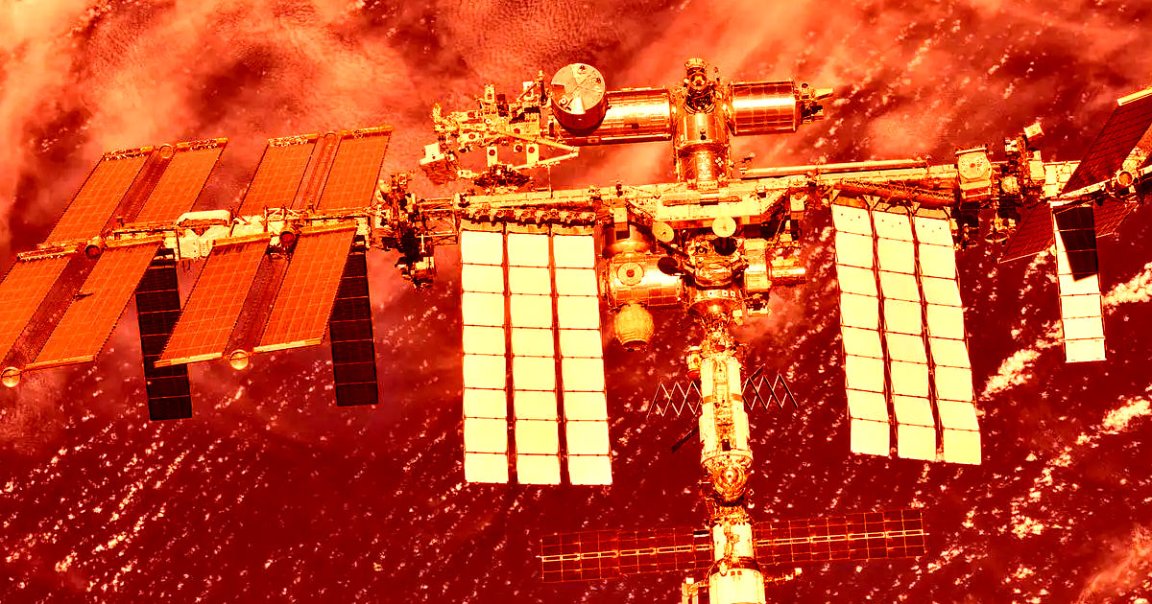
Totaled Recall
The International Space Station has been continuously hosting astronauts for 23 long years now — and its age is really starting to show, including in the form of cracks and leaks.
Now, NASA is discussing how best to dispose of the station in the early 2030s. And the price tag of the plan is staggering.
As Scientific American reports, the space agency estimates that it’ll likely cost almost $1 billion to safely decommission the ISS, inducing it to harmlessly burn up in the Earth’s atmosphere. That price is likely inflated due to the agency’s refusal to use Russian vehicles, per the report, a complicating factor given the station’s reliance on these craft.
The plan will also mark the end of decades of peaceful scientific cooperation in our planet’s orbit, a symbol of international unity, especially when it comes to US-Russia relations.
“In terms of civilian cooperation, I think many would describe it as the biggest project ever embarked upon in human history,” Mai’a Cross, a political scientist at Northeastern University, told SciAm.
ISS Inferno
Broadly speaking, there are two options to get the ISS out of orbit. Engineers could either simply have the station plummet uncontrollably towards the Earth’s atmosphere — or they could orchestrate a more careful descent, using a special spacecraft to point it in the right direction.
In the case of the former, there’s a risk of giant pieces of space station striking populated areas back on the ground.
“An uncontrolled reentry could significantly impact people on the ground, including fatalities, injuries and significant property damage,” George Nield, president of the company Commercial Space Technologies, told SciAm.
Either way, scientists now have the task of minimizing the amount of debris that could fall on people down below, which is far easier said than done since the station orbits the entire planet every 90 minutes.
Ideally, it should stay pointed in the right direction as it’s burning up in the atmosphere, which is made even harder by the uneven and unpredictable thickness of the Earth’s protective layer.
As a result, NASA will have to develop and construct a custom-built vehicle that’s powerful enough to deorbit and also accompany the station as it makes its descent.
Even with the help of Russia’s Progress vehicles, it still would be a “challenge,” Nield told SciAm, but given worsening US-Russia relations, even that option isn’t on the table.
But if there’s one certainty, it’s that the ISS will go out with a bang, a bright inferno in the sky marking the bittersweet end to decades of international cooperation and scientific breakthroughs.
More on the ISS: NASA Astronauts Let a Tool Bag Drift Away and You Can Now Spot It With Binoculars